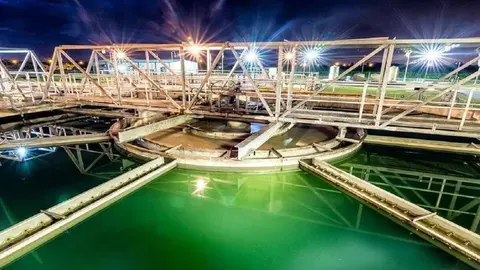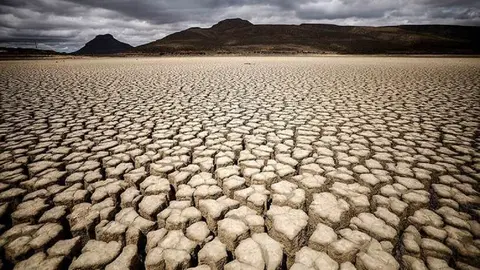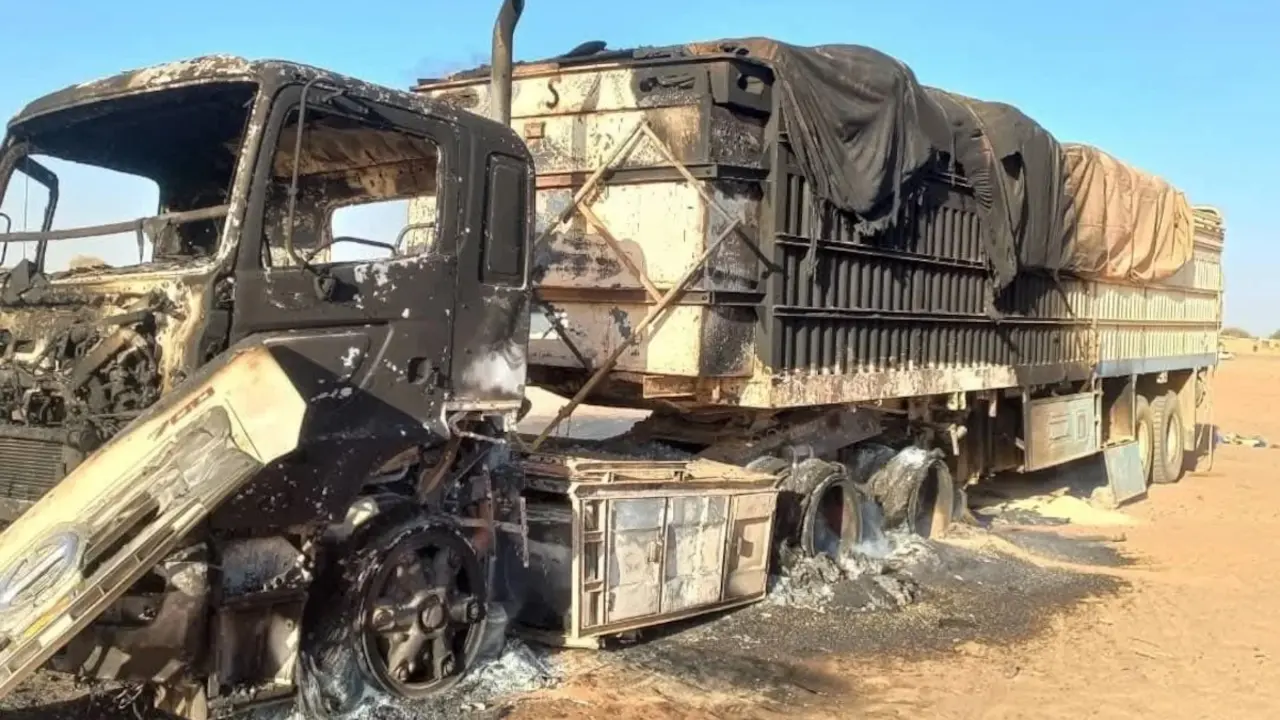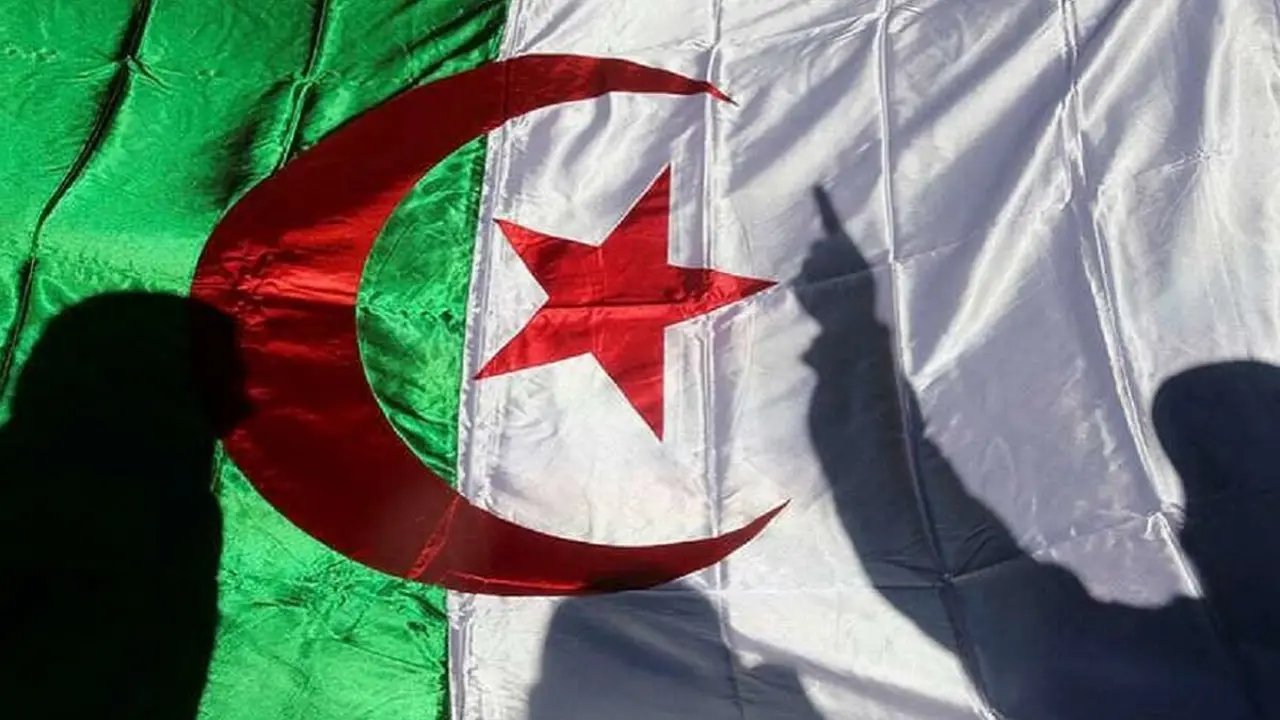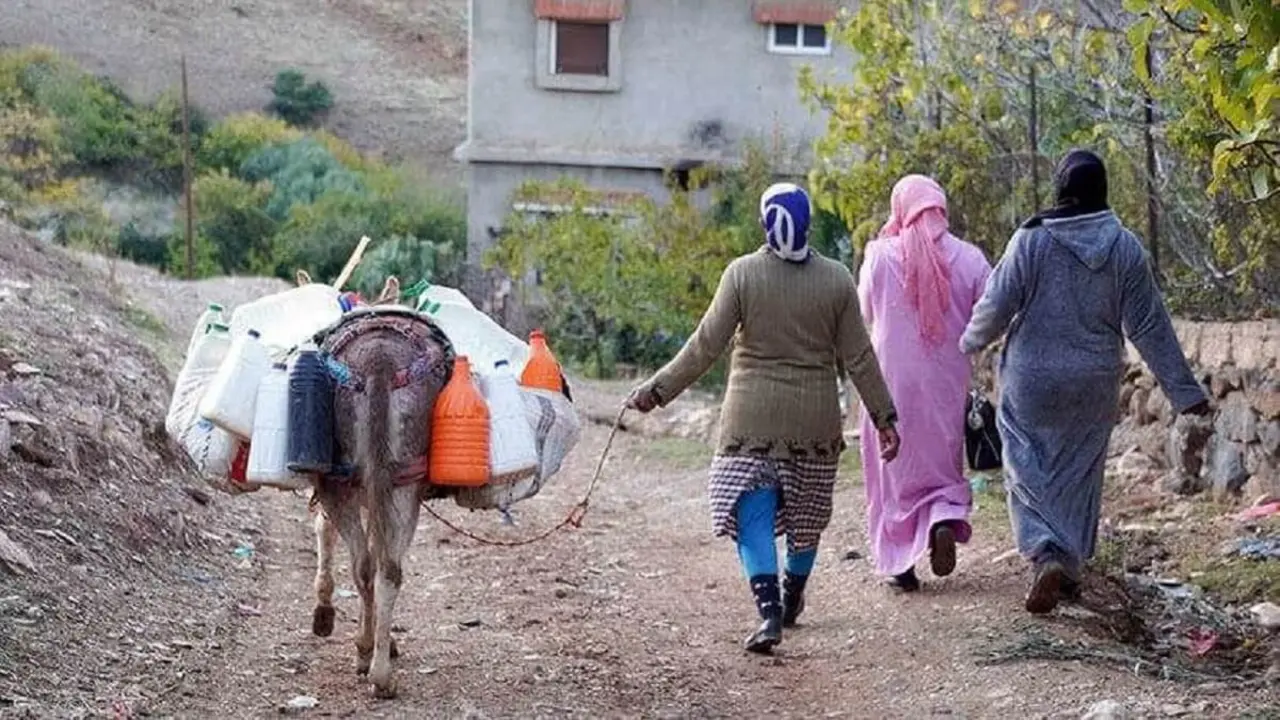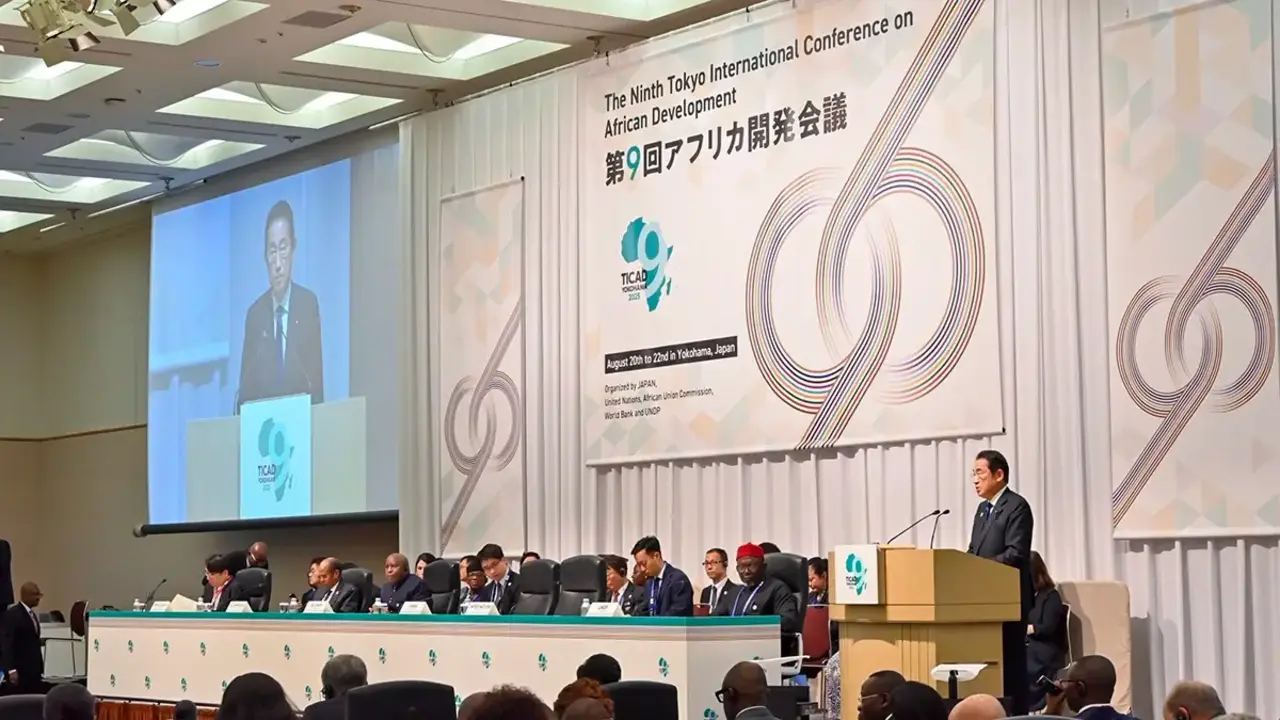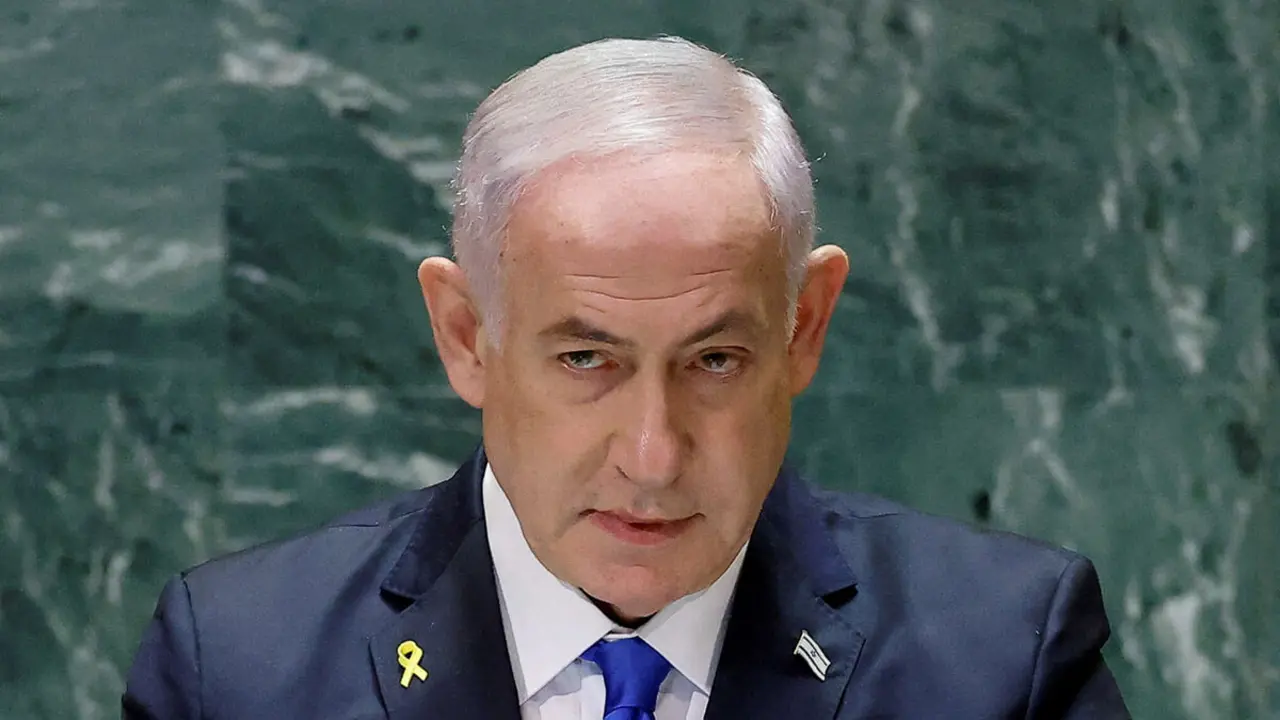The new inflections of water policy in Morocco
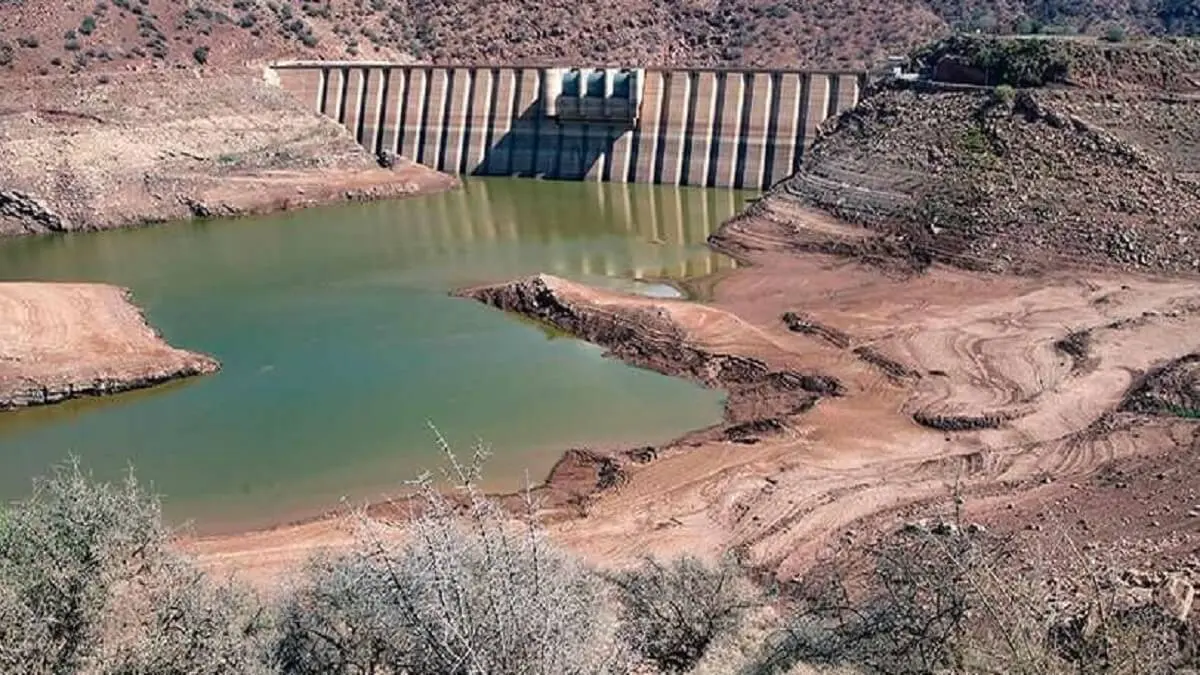
Faced with water shortages due to successive years of drought and low rainfall, Morocco is in a state of alert in search of solutions to alleviate the water stress experienced by all the country's territories, albeit at different levels.
The Moroccan government, following royal guidelines, has presented new water policy inflections that can help address both the economic and social repercussions of water scarcity; namely, price inflation of agricultural products, low yields of food crops and rural exodus among other consequences.
- These are the real orientations on water in Morocco
- Morocco's water management plan
- What is Morocco's water infrastructure like?
- Statistics on water inflows
The absolute priority for this new policy is the availability of drinking water for the Moroccan population, given the difficult situation of water resources on the national territory.
It should be recalled that Morocco currently consumes 1.6 billion cubic metres of drinking water per year, most of which is provided by the National Office of Water and Electricity (ONEE), in addition to other sources such as desalination of existing seawater and various other water tables.
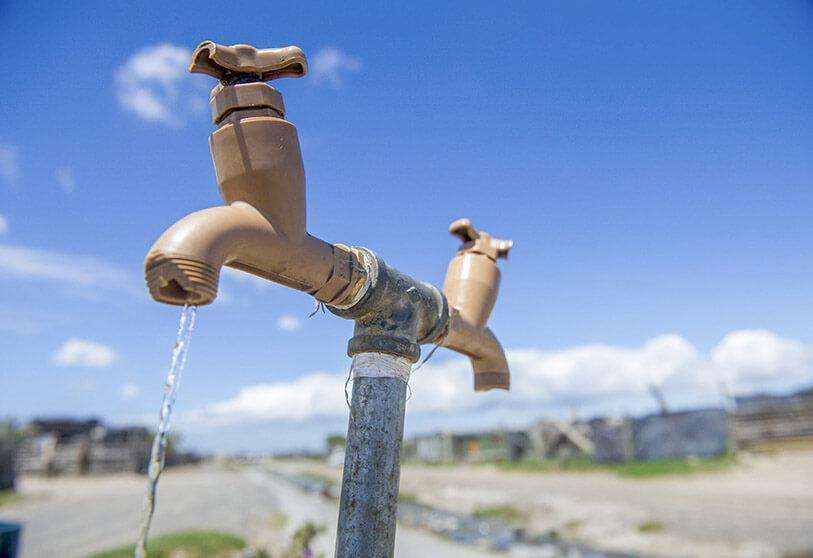
With the evolution of the national average annual temperature reaching 1.8 degrees Celsius, water evaporation is accelerating and drought levels are worsening. This has led to emergency measures being taken in response to the low rainfall recorded over the last five years.
In this context, the demand for drinking water will increase to reach 1.8 billion cubic metres per year from 2025 and almost 2 billion cubic metres in 2030. The reality of the water situation throughout the Moroccan territory is sensitive, with a current endowment of 606 m3/inhab/yr. This is a limited potential of natural water resources per inhabitant with an endowment of less than 1,000 m3/inhabitant/year, recognised as a threshold of water scarcity.
These are the real orientations on water in Morocco
In his speech of 14 October 2022, King Mohammed VI gave his strategic orientations for the development of the water sector. The main objectives of the royal instructions are:
- Complete the construction of planned dams.
- Install hydraulic interconnections and build seawater desalination stations.
- Consolidate the water economy in irrigation.
- Launch creative initiatives and projects based on new technologies in the field of wastewater reuse.
- Pay special attention to the rational exploitation of groundwater and the conservation of groundwater tables, putting an end to the phenomenon of illegal pumping and the drilling of anarchic wells.
- Understand the water issue as a concern common to many sectors and not exclusive to one particular sector.
- Raise awareness of the real cost of water at each stage of the mobilisation of this vital resource.
- Accelerate the implementation of the National Water Programme projects.
Morocco's water management plan
With an updated total cost of 143 billion dirhams, the National Water Commission is responsible for implementing the National Drinking Water Supply and Irrigation Programme 2020-2027 (PNAEPI 20-27).
It is composed of the head of government, the Minister of Agriculture, Maritime Fisheries, Rural Development, Water and Forestry, the Minister of Equipment and Water, the Minister of Economy and Finance, and the ONEE.
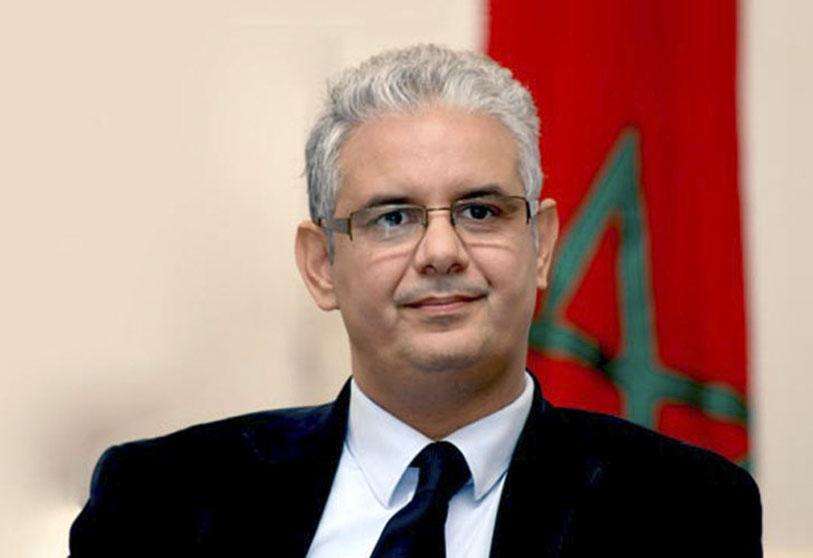
The National Drinking Water Supply and Irrigation Programme 2020-2027 is based on five essential axes:
- Supply development.
- The management of demand, economy and use of water.
- Strengthening drinking water in rural areas.
- Reuse of treated wastewater.
- Communication and awareness-raising.
The objective is to accelerate the pace of implementation of projects to mobilise conventional and non-conventional water resources by coordinating programmes between the sectors concerned.
What is Morocco's water infrastructure like?
Morocco has 153 large dams with a total capacity of 20 billion cubic metres and 141 medium and small dams that complement the water infrastructure landscape in terms of dams.
Faced with the country's water stress situation, Morocco has considered seawater desalination as a solution to ensure the availability of drinking water. Morocco's policy is based on 15 seawater desalination plants with a production capacity of 192 million m3.

In this context, Morocco has launched several transfer projects to improve the rate of access to drinking water in rural areas and increase it to 98.6%, as well as to irrigate more than 2 million hectares (public and private).
Despite dwindling water reserves in dams, Morocco is still able to meet drinking water needs thanks to the desalination of seawater, particularly in Agadir, Al Hoceima, Safi and El Jadida, and the reinforcement of groundwater supply.
All these measures taken by the Moroccan authorities give priority to drinking water according to the available water reserve, by determining irrigation water supply programmes in coordination with the Ministry of Agriculture.
It should be noted that the period 2018-2023 was marked by a succession of dry years, with recorded annual deficit rates estimated at 54, 71, 59, 85 and 66% respectively in relation to the annual average of water inflows.
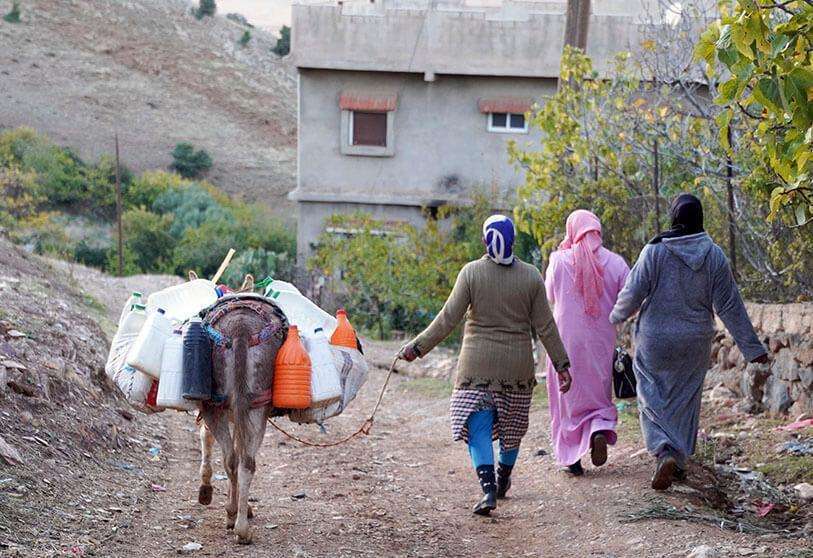
Statistics on water inflows
After an analysis of the evolution of water inflows to the dams since 1979, the period 2019-2023 is the period with the lowest recorded level. Also, the average of water inflows from 1945 to 2023 is 11.5 billion m3, while that of the last ten years is 7.2% when the period 2017-2023 dropped to 5.2 billion m3. This total is affected by over-exploitation of groundwater resources.
Over the water year from September 2022 to August 2023, most of the water reverberations recorded a decrease, due to the most significant falls recorded in the Tadla (-5), Beni Amir (-4), Sus (-4) and Chtouka (-1.5) reservoirs.
The inflows recorded by basin between 1 September 2023 and 30 January 2024 have experienced a considerable decrease, reaching a total inflow of 669 million m3 with a drop of -85% of normal and 70% compared to the previous year.

In this regard, the Loukkos basin recorded inflows of 35 million m3 with a deviation from normal of -94%, while Moulouya recorded 125 million m3 (-71%), Sebou 128 million m3 (-92%), Bouregreg Chaouia 23 million m3 (-92%), Oum Erbia 255 million m3 with (-77%), Tensift 56 million m3 (-64%), Sus Massa 16 million m3 (-94%), Draa Oued Nun 8 million m3 with (-96%), Guir Ziz Rheris 21 million m3 (-68%).
The available reserves as of 30 January are 3.73 billion m3. In the first two months of 2024 alone, the dams have lost 8.6 points, reaching a filling level of 23.2%.
Given the drop in rainfall, the filling rate of dams in Loukkos is at 38.8%, Moulouya at 24%, Sebou at 35.6%, Bouregreg Chaouia at 21%, Oum Rbia at 4.8%, Tensift at 48.7%, Sus Massa at 11.4%, Draa Oued Nun at 20.9%, and Guir Ziz Rheris at 26.6%.

